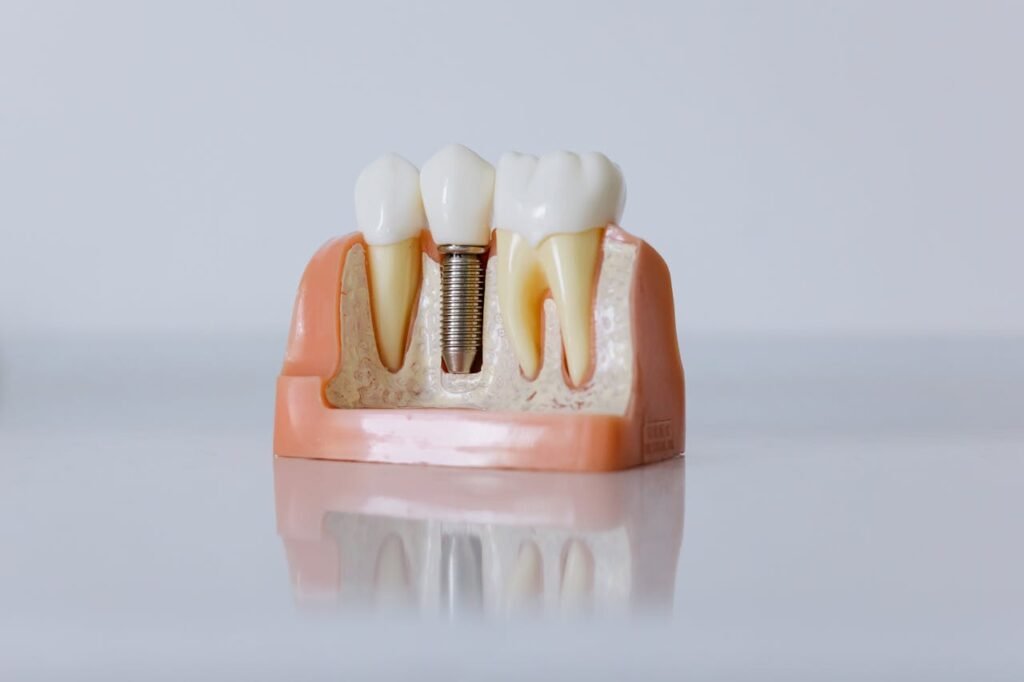Cosmetic prosthetics are designed to restore the appearance of a missing limb, offering users a sense of normalcy and confidence. While they are often associated with aesthetics, the role of cosmetic prosthetics extends far beyond visual appeal. For users, the choice between form and function can feel like a delicate balancing act, especially when deciding which type of prosthetic best fits their lifestyle and needs.
In this article, we’ll explore the nuanced debate between form and function in cosmetic prosthetics. We’ll delve into the benefits and limitations of each approach, examine how modern innovations are bridging the gap, and provide insights to help users and businesses make informed decisions.
The Essence of Cosmetic Prosthetics: Aesthetic Restoration
Cosmetic prosthetics are often chosen for their ability to replicate the natural appearance of a limb, down to the finest details like skin tone, texture, and even veins. These prosthetics are meticulously crafted to help users feel comfortable and confident in their social and professional interactions.
Boosting Confidence Through Realism
For many users, the psychological impact of a natural-looking prosthetic cannot be overstated. A lifelike prosthetic allows individuals to navigate public spaces with a sense of ease, reducing the self-consciousness that often accompanies limb differences.
This boost in confidence extends to professional environments as well, where appearances can influence first impressions and interpersonal dynamics.
Businesses that specialize in cosmetic prosthetics should prioritize hyper-realistic designs, using advanced materials and techniques to achieve unparalleled realism.
For example, high-definition silicone is widely regarded for its ability to mimic natural skin, providing users with prosthetics that look and feel authentic. Emphasizing this attention to detail in marketing materials helps connect with users on an emotional level.
Addressing the Limitations
While cosmetic prosthetics excel in aesthetics, they often lack functionality. Unlike active or body-powered prosthetics, they do not offer movement or the ability to perform tasks.
This limitation makes them better suited for individuals who prioritize appearance over utility, such as those seeking a prosthetic for specific social or ceremonial occasions.
For businesses, managing user expectations is critical. Providing clear and transparent information about what cosmetic prosthetics can and cannot do ensures users feel informed and supported.
Offering consultations to explore alternative options—such as combining cosmetic features with functional elements—can also help users find a solution that aligns with their needs.

Crafting Confidence Through Realism
The visual accuracy of cosmetic prosthetics is not merely a matter of aesthetics—it is a tool for empowerment. A lifelike prosthetic can allow users to feel more integrated in social interactions, reducing the potential for unwanted attention or questions about their limb difference.
This sense of comfort can positively influence self-esteem, helping individuals engage more freely in both personal and professional settings.
For businesses, emphasizing the connection between realism and confidence is key. Highlighting how high-definition silicone, advanced pigmentation techniques, and personalized detailing contribute to a natural look helps users understand the value of investing in a cosmetic prosthetic.
Incorporating user testimonials or imagery showcasing the transformative impact of these designs can reinforce their emotional significance.
Restoring a Sense of Normalcy
Aesthetic restoration through cosmetic prosthetics is about more than creating a lifelike appearance; it is about giving users the ability to feel “normal” again.
For many, this means blending in seamlessly in daily life, whether it’s attending a meeting, enjoying a meal with friends, or participating in family events.
A prosthetic that matches their natural skin tone and contours can provide a sense of continuity, allowing them to focus on their experiences rather than their appearance.
Businesses should prioritize precision and personalization in their manufacturing processes to achieve these results. Using digital scanning and modeling technologies can help ensure that each prosthetic is tailored to the user’s unique anatomy.
Offering consultations to explore preferences for skin tone, texture, and other details fosters trust and satisfaction.
Balancing Tradition and Innovation
While the principles of cosmetic prosthetics are rooted in tradition, modern techniques have elevated their potential. The integration of new materials and manufacturing methods allows businesses to produce prosthetics that are both more realistic and more durable.
For example, combining flexible silicone with reinforced frameworks ensures that the prosthetic not only looks lifelike but also withstands the rigors of daily use.
For businesses, investing in research and development to improve durability and realism can set them apart in a competitive market.
Emphasizing this blend of tradition and innovation in marketing materials helps establish credibility and showcases a commitment to advancing the industry.
Understanding Emotional Significance
The choice to prioritize cosmetic restoration often stems from deeply personal motivations. For some users, a prosthetic represents closure after an amputation, offering a way to reclaim their sense of self.
For others, it may symbolize progress or healing, allowing them to move forward without feeling defined by their limb difference.
Businesses can support these emotional journeys by creating a compassionate and inclusive experience for users. Offering dedicated consultants who understand the emotional aspects of prosthetic use helps users feel heard and respected.
Additionally, creating spaces—both physical and virtual—where users can connect and share their stories fosters a sense of community.
Strategic Opportunities for Businesses
Understanding the role of aesthetic restoration in cosmetic prosthetics opens numerous opportunities for businesses to differentiate their offerings. By focusing on user education, businesses can demystify the process of creating lifelike prosthetics and highlight their value.
Hosting informational sessions or workshops, for example, allows potential users to see the craftsmanship behind these devices and gain a deeper appreciation for their transformative impact.
Businesses should also consider offering flexible payment plans or financing options to make cosmetic prosthetics accessible to a broader audience.
Communicating the emotional and social benefits of these devices in marketing materials resonates with users who are seeking a solution that enhances their confidence and well-being.
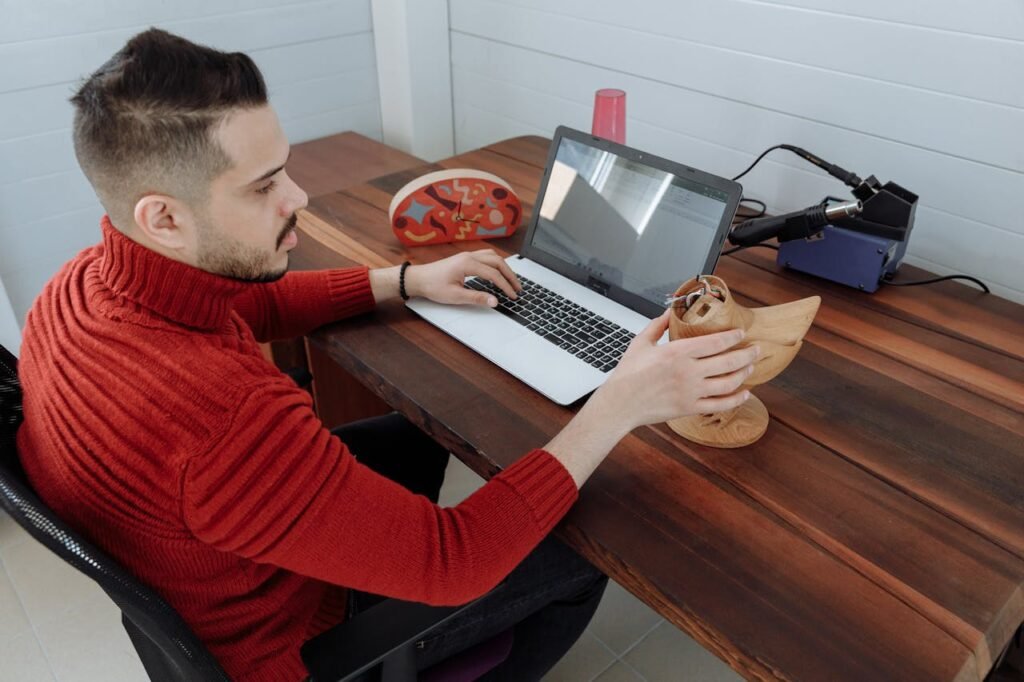
The Role of Functional Prosthetics
Functional prosthetics, by contrast, are designed with utility in mind. These devices prioritize movement, strength, and adaptability, enabling users to perform a wide range of tasks. However, their utilitarian focus often comes at the expense of aesthetic refinement, sparking the ongoing form vs. function debate.
Empowering Independence Through Functionality
Functional prosthetics allow users to regain independence by restoring their ability to perform essential tasks, such as gripping objects, walking, or typing.
Advanced options, such as myoelectric hands, can replicate intricate movements and provide a high degree of precision, making them ideal for users with active lifestyles or demanding professions.
Businesses should emphasize the transformative impact of functional prosthetics on daily life. Sharing testimonials or case studies that highlight real-world applications can demonstrate how these devices enable users to overcome challenges and achieve their goals.
Bridging the Aesthetic Gap
While functional prosthetics prioritize utility, many users still value a natural appearance. This has led to the development of hybrid designs that combine cosmetic covers with functional components.
For example, a prosthetic hand with lifelike detailing can be paired with advanced mechanical joints, offering both form and function.
At Robobionics, we specialize in creating customizable solutions that cater to these dual priorities. By offering users the flexibility to choose aesthetic enhancements for their functional prosthetic, we ensure that every device meets both practical and emotional needs.
Prioritizing Independence
For many individuals, the true value of a prosthetic lies in its ability to provide autonomy. Functional prosthetics are designed to adapt to the user’s lifestyle, whether they need assistance with daily tasks, professional responsibilities, or recreational activities.
By prioritizing functionality, these devices help users regain control over their movements, enabling them to approach challenges with confidence.
For businesses, it is essential to position functional prosthetics as tools of empowerment. Highlighting real-life applications—such as a user returning to their career, taking up a new hobby, or participating in family activities—illustrates the tangible impact of these devices.
Showcasing success stories in marketing materials can inspire potential users and build trust in your brand.
Leveraging Advanced Technology
Modern functional prosthetics are powered by cutting-edge technologies, such as robotics, artificial intelligence, and advanced sensors. These features allow prosthetics to interpret and respond to the user’s intentions, creating a seamless connection between mind and machine.
For example, a myoelectric arm can detect muscle signals and translate them into precise movements, offering intuitive control that mimics natural motion.
Businesses can gain a competitive edge by investing in research and development to enhance the technological capabilities of their prosthetics.
Collaborating with engineers, data scientists, and healthcare professionals ensures that the devices remain user-friendly while delivering maximum performance.
Communicating these technological advancements to users through clear and accessible language reinforces the perception of your brand as an innovator.
Addressing the Emotional Impact
Functional prosthetics do more than restore physical abilities; they also play a critical role in improving emotional well-being. Users who regain the ability to perform tasks independently often experience a boost in confidence and self-worth.
The ability to engage fully in social and professional environments without relying on others fosters a sense of pride and resilience.
Businesses should recognize and address this emotional dimension in their outreach efforts. Providing personalized consultations that focus on understanding the user’s goals and aspirations creates a supportive experience.
Additionally, offering post-delivery support—such as training sessions and ongoing maintenance—helps users build confidence in their prosthetic and reinforces their trust in your brand.
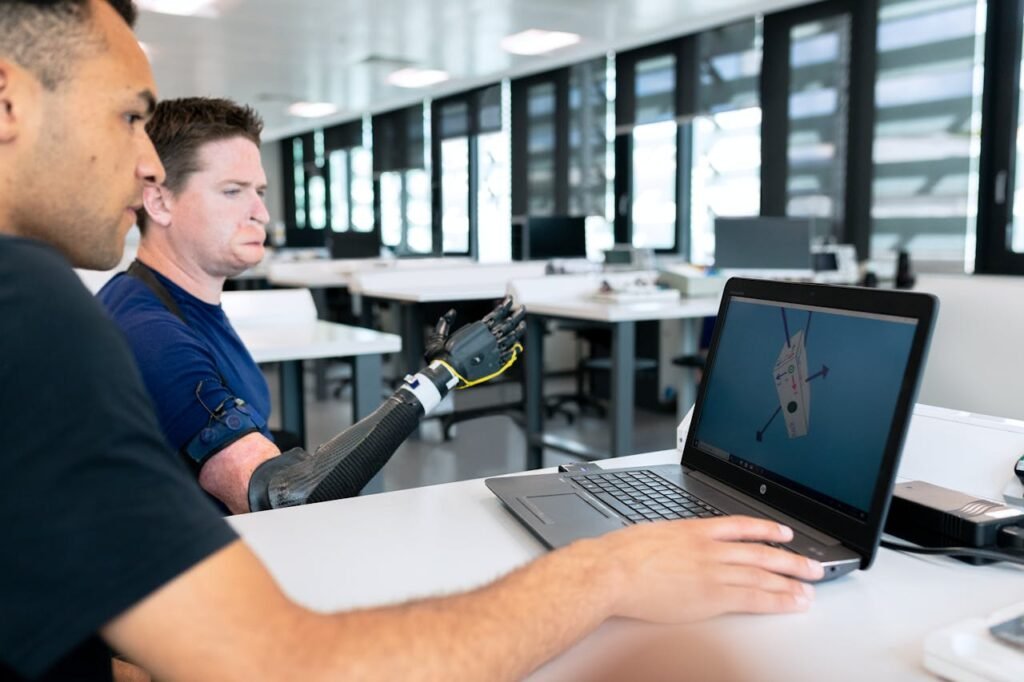
Overcoming Challenges with Functional Prosthetics
While functional prosthetics offer immense benefits, they also come with unique challenges that businesses must address. Users often face a learning curve when adapting to advanced devices, particularly those with multiple features or modes of operation.
Fatigue and discomfort can also arise if the prosthetic is not properly fitted or balanced.
For businesses, proactive solutions are key to ensuring user satisfaction. Providing comprehensive training programs, either in-person or through digital platforms, helps users understand how to maximize their prosthetic’s potential.
Regular follow-ups to fine-tune the fit or address concerns demonstrate a commitment to long-term support. At Robobionics, we place great emphasis on user education and personalized care to ensure every prosthetic becomes an indispensable part of the user’s life.
Integrating Function with Form
While functionality is the primary focus, the appearance of a prosthetic cannot be overlooked. Many users prefer functional prosthetics that also incorporate aesthetic elements, creating a device that feels complete in both form and function.
For example, prosthetic hands with realistic finishes or customizable covers provide users with a sense of normalcy without sacrificing utility.
Businesses can capitalize on this demand by offering hybrid designs that balance functionality with aesthetic appeal. Highlighting options for personalization—such as color, texture, or shape—gives users the flexibility to create a prosthetic that aligns with their identity and preferences.
Strategic Opportunities for Businesses
To thrive in the functional prosthetics market, businesses must adopt a user-centric approach that prioritizes innovation, education, and support.
Investing in smart technology, such as AI-powered motion prediction or sensor-driven feedback systems, ensures that products remain competitive and effective.
Offering modular designs that allow users to upgrade or customize their prosthetics over time adds value and adaptability.
Bridging the Form and Function Gap: Modern Innovations
The divide between form and function in prosthetics is narrowing as advancements in technology and materials bring new possibilities. Modern prosthetics are no longer limited to one role; they increasingly blend aesthetics with utility to create solutions that are both practical and visually appealing.
These innovations are empowering users to enjoy the best of both worlds, offering comfort, confidence, and independence.
Customizable Prosthetic Covers
One of the most significant breakthroughs in bridging form and function is the introduction of customizable prosthetic covers. These covers are designed to fit over functional prosthetics, providing a lifelike appearance while preserving the device’s capabilities.
Users can choose from a range of colors, textures, and designs to match their preferences or blend seamlessly with their natural skin tone.
For businesses, offering customizable covers as an optional feature enhances user satisfaction and opens new revenue streams. Highlighting these solutions in marketing efforts demonstrates a commitment to personalization and innovation, appealing to users who value both practicality and aesthetics.
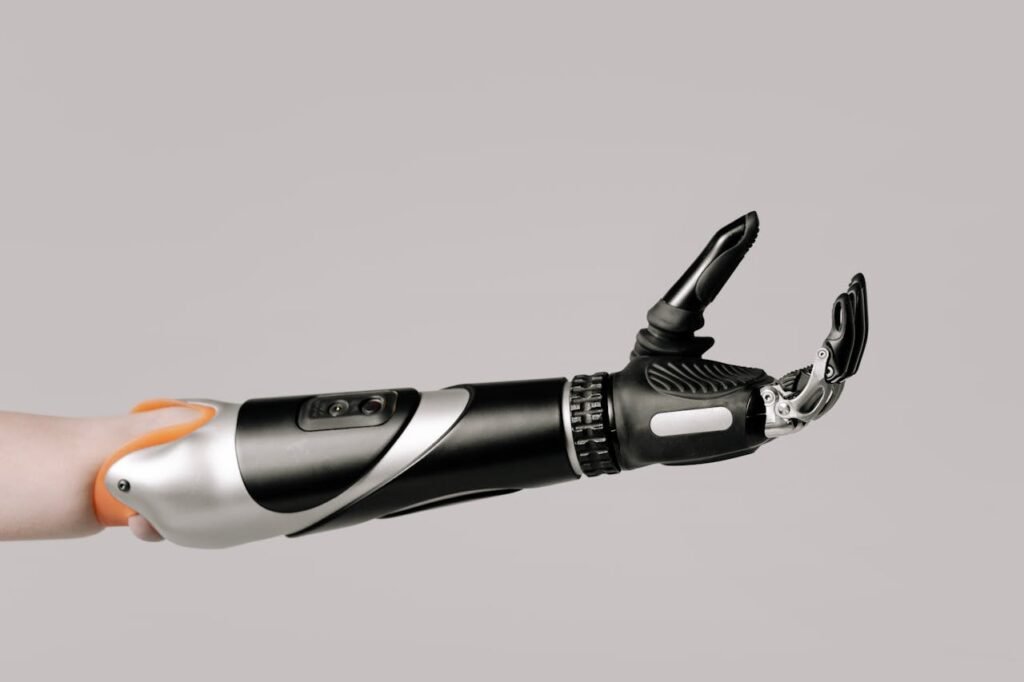
3D Printing: A Revolution in Design
The adoption of 3D printing in prosthetic manufacturing has unlocked unprecedented opportunities for customization and precision. With this technology, manufacturers can create prosthetics that are lightweight, durable, and tailored to the exact measurements of the user.
3D printing also enables the integration of cosmetic elements directly into functional designs, resulting in prosthetics that are both visually stunning and highly effective.
Businesses can leverage 3D printing to streamline production, reduce costs, and offer bespoke designs that cater to individual needs. At Robobionics, we use 3D printing to produce prosthetics that combine advanced functionality with lifelike aesthetics, ensuring every user receives a solution that aligns with their goals.
AI and Smart Technology
The integration of artificial intelligence (AI) and smart technology into prosthetics is transforming how users interact with their devices.
Myoelectric prosthetics, for example, use AI to analyze muscle signals and predict user intentions, enabling smooth and intuitive movements. Coupled with cosmetic enhancements, these devices offer a holistic solution that prioritizes both form and function.
For businesses, investing in smart technology represents an opportunity to redefine user expectations. Offering devices that adapt to individual preferences and environments ensures a competitive edge while demonstrating a commitment to innovation.
Advancing Aesthetic Technology
New materials and manufacturing techniques have elevated the realism of cosmetic prosthetics to new heights. Innovations like high-definition silicone, layered pigmentation, and digital sculpting ensure that prosthetics are virtually indistinguishable from natural limbs.
These advancements allow manufacturers to add intricate details, such as skin texture, freckles, and veins, creating a seamless appearance that inspires confidence in users.
For businesses, the focus should be on precision and personalization. Offering customizable aesthetic options tailored to the unique anatomy of each user enhances satisfaction and sets a high standard for quality.
Additionally, showcasing the craftsmanship behind these innovations in marketing campaigns can attract users who value the emotional benefits of aesthetic restoration.
Integrating Functional Enhancements
While form has traditionally taken precedence in cosmetic prosthetics, incorporating functional elements is now more achievable than ever. Hybrid designs, which combine lifelike exteriors with mechanical or electronic capabilities, are emerging as a game-changer.
These prosthetics enable users to retain the visual appeal of a cosmetic device while gaining limited functionality, such as basic gripping or movement.
For businesses, hybrid models represent an opportunity to expand their product lines and meet diverse user needs. Developing devices that offer both aesthetic realism and functional adaptability allows companies to cater to individuals who seek a balance between appearance and utility.
Demonstrating how these devices integrate into real-world scenarios—such as holding objects or performing light tasks—helps users understand their practical benefits.
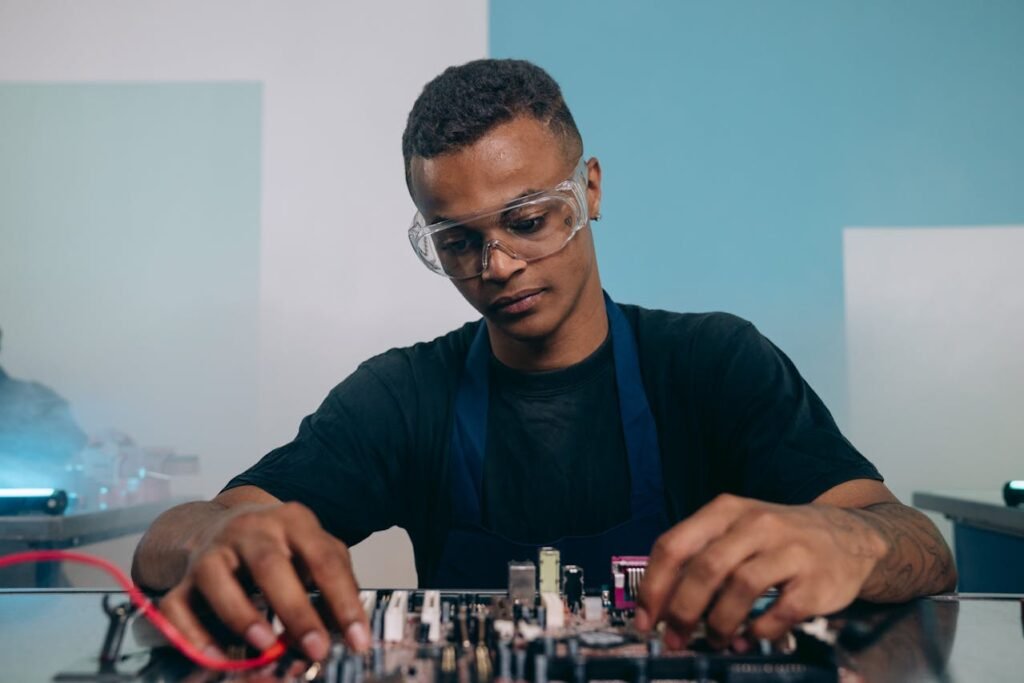
Leveraging Smart Technology
Smart technology is bridging the gap between form and function in ways that were once unimaginable. Devices equipped with artificial intelligence (AI) and sensors can now adapt to user behaviors and provide intuitive control.
For example, an AI-powered prosthetic arm can interpret muscle signals to execute precise movements while maintaining a natural appearance through customizable covers.
For businesses, investing in AI-driven solutions is a strategic priority. Collaborating with technology partners to develop intuitive systems that enhance usability can position a company as a leader in innovation.
Additionally, offering training programs to help users adapt to these smart features ensures a smoother transition and higher satisfaction rates.
Actionable Advice for Businesses
For businesses in the prosthetics industry, navigating the form vs. function debate requires a strategic approach that prioritizes user needs and leverages emerging trends. By addressing the unique challenges associated with each category, companies can deliver solutions that resonate with diverse audiences and foster long-term loyalty.
Collaborate with Users
Understanding the preferences and priorities of users is essential for creating prosthetics that meet their expectations. Conducting surveys, focus groups, or one-on-one consultations provides valuable insights into what users value most in a prosthetic, whether it’s a natural appearance, advanced functionality, or a combination of both.
Involving users in the design process also builds trust and ensures that the final product reflects their needs. At Robobionics, we actively seek user feedback throughout the development cycle, ensuring our solutions are both practical and personal.
Offer Hybrid Options
Recognizing that many users seek a balance between form and function, businesses should focus on offering hybrid solutions that combine cosmetic elements with functional capabilities.
This can include functional prosthetics with lifelike detailing or cosmetic prosthetics that incorporate basic movement.
Marketing these hybrid options as versatile and adaptable solutions helps users see how they can address multiple priorities. Providing examples of real-life applications further reinforces their value.
Focus on Education
The form vs. function debate can be overwhelming for users who are new to prosthetics or unfamiliar with their options.
Businesses can address this by offering educational resources, such as videos, articles, or in-person consultations, that explain the features, benefits, and limitations of each type of prosthetic.
Empowering users with knowledge helps them make informed decisions and builds confidence in their choice. At Robobionics, we prioritize user education by providing comprehensive guides that simplify the decision-making process.

Conclusion
The debate between form and function in cosmetic prosthetics reflects the diverse needs and priorities of users. While some individuals may prioritize a lifelike appearance for emotional or social reasons, others may seek advanced functionality to regain independence and mobility.
Modern innovations, such as customizable covers, 3D printing, and AI, are helping to bridge the gap, enabling users to enjoy the benefits of both approaches.
For businesses, this evolving landscape offers an opportunity to deliver solutions that are as versatile as they are innovative. By focusing on user feedback, embracing emerging technologies, and offering personalized options, companies can create prosthetics that redefine the standards of comfort, confidence, and capability.
At Robobionics, we’re proud to lead the way in creating prosthetics that empower users to live without compromise. Whether you’re exploring options for the first time or considering an upgrade, our team is here to help you find the perfect balance of form and function.



